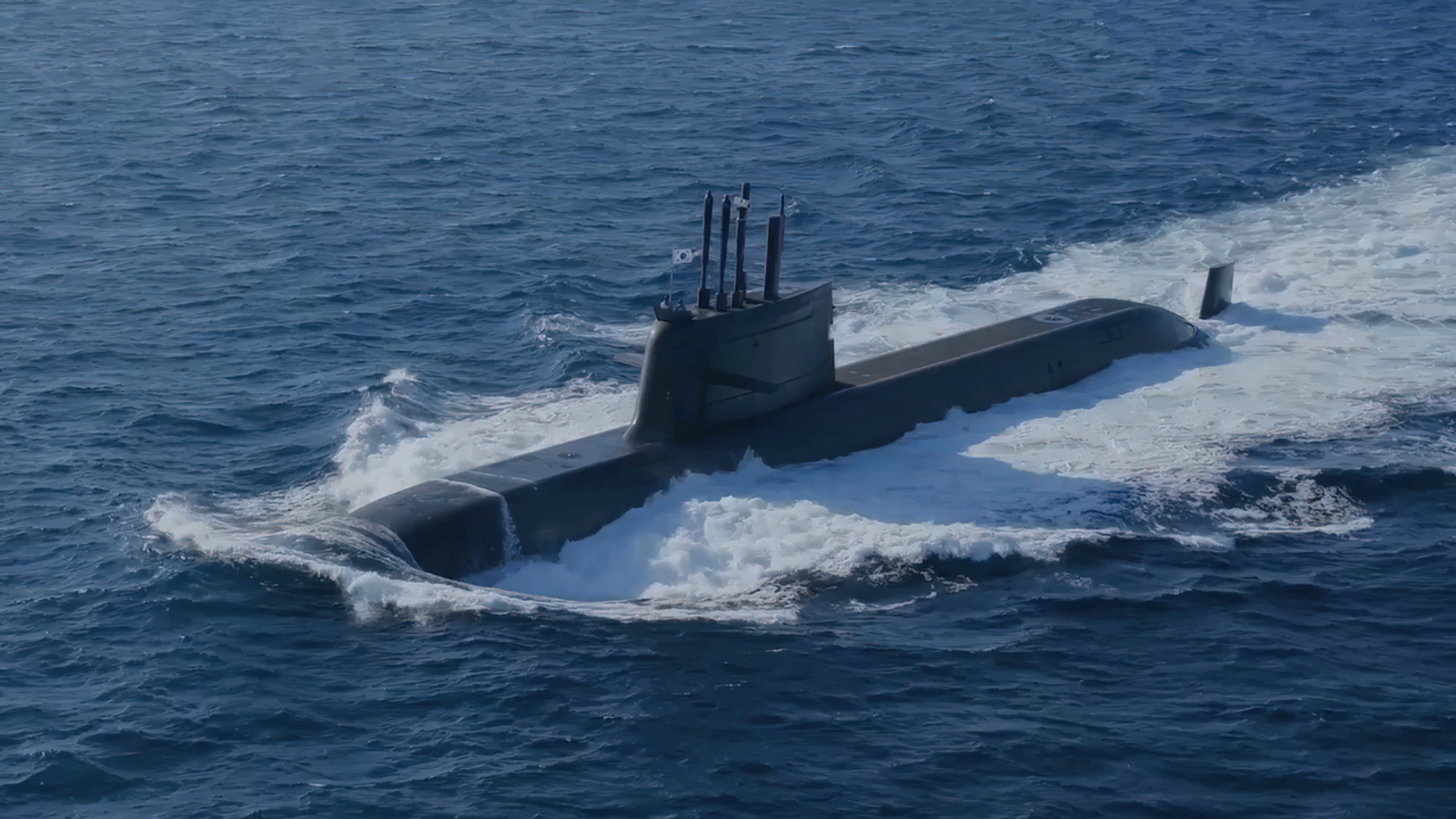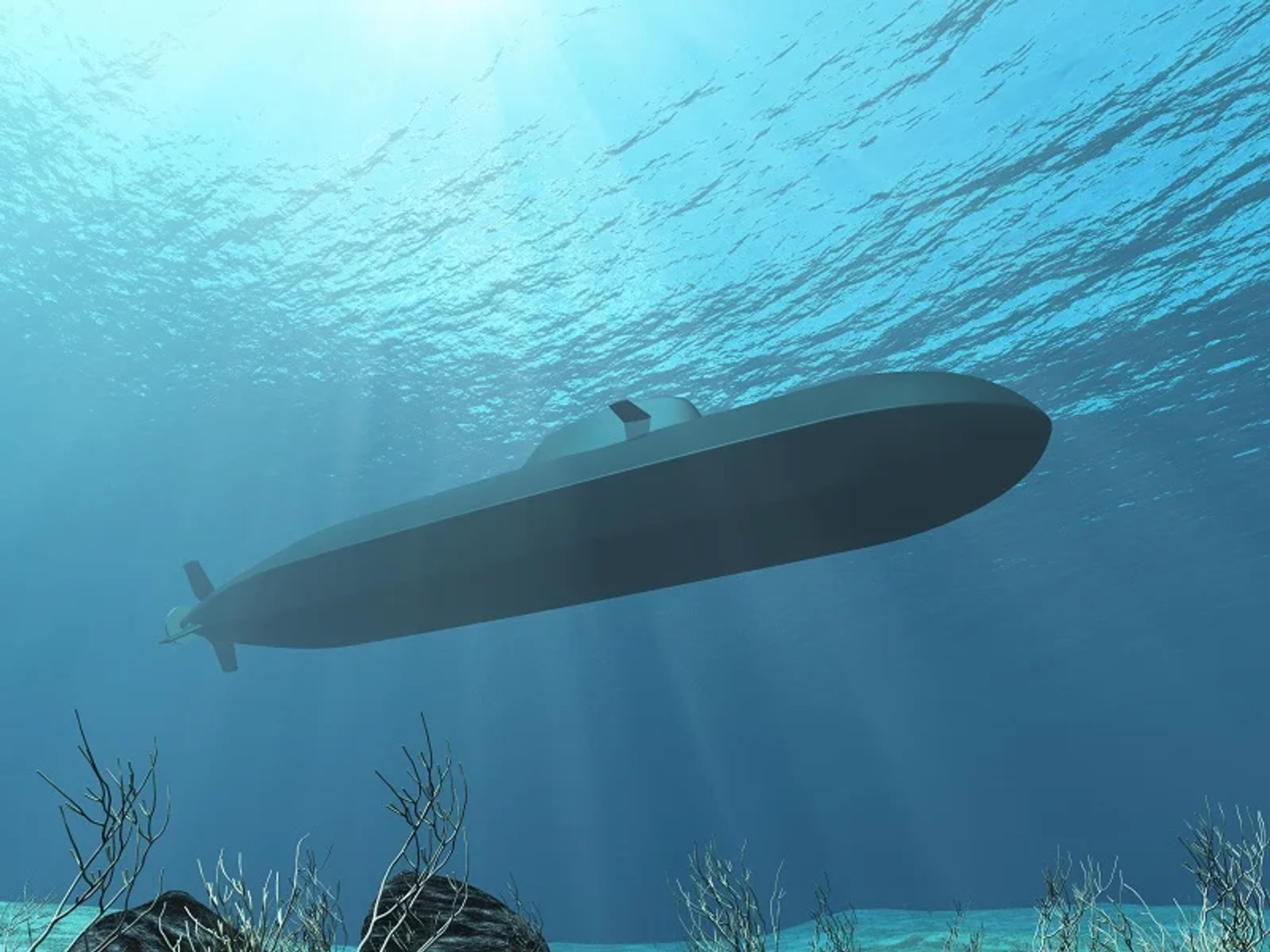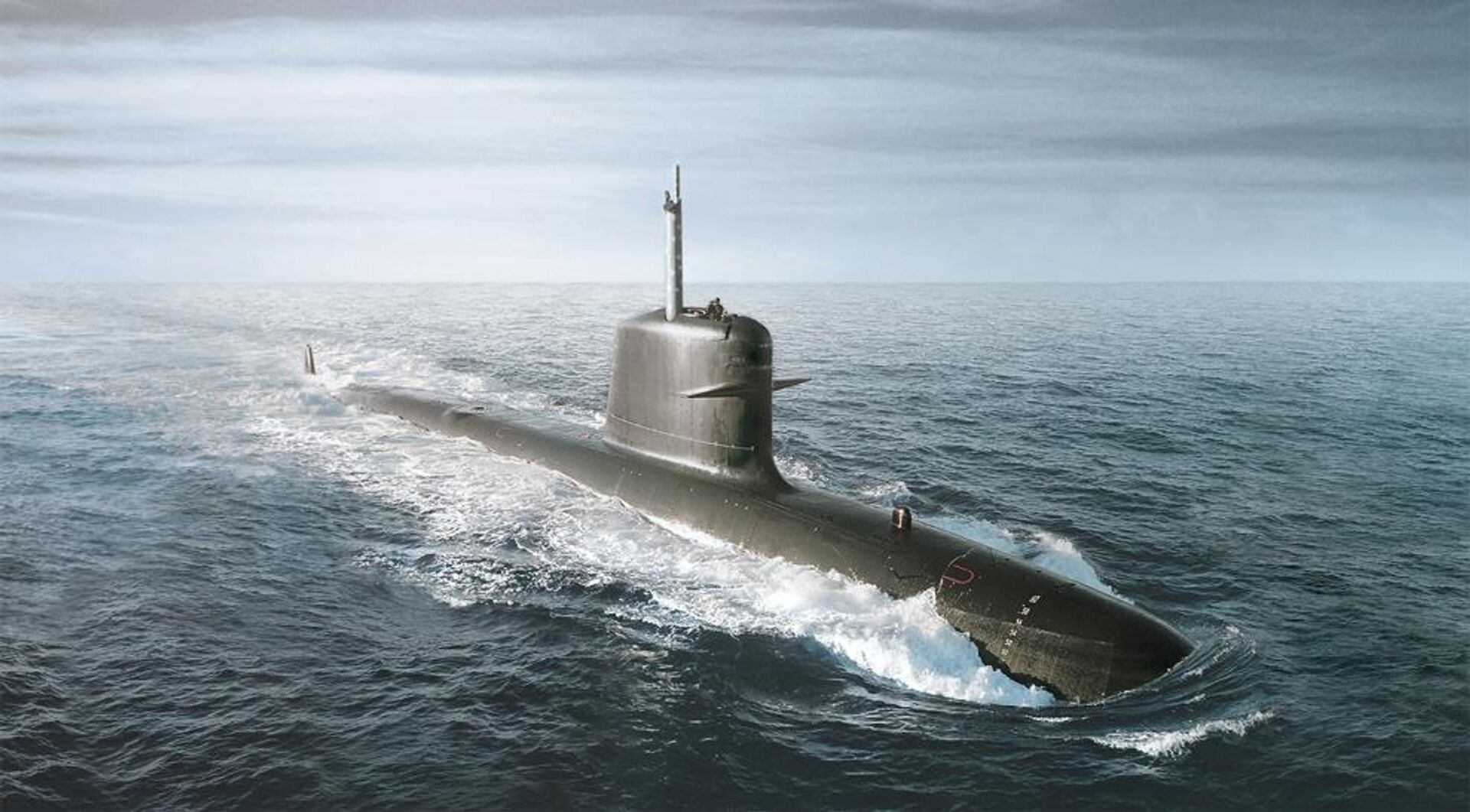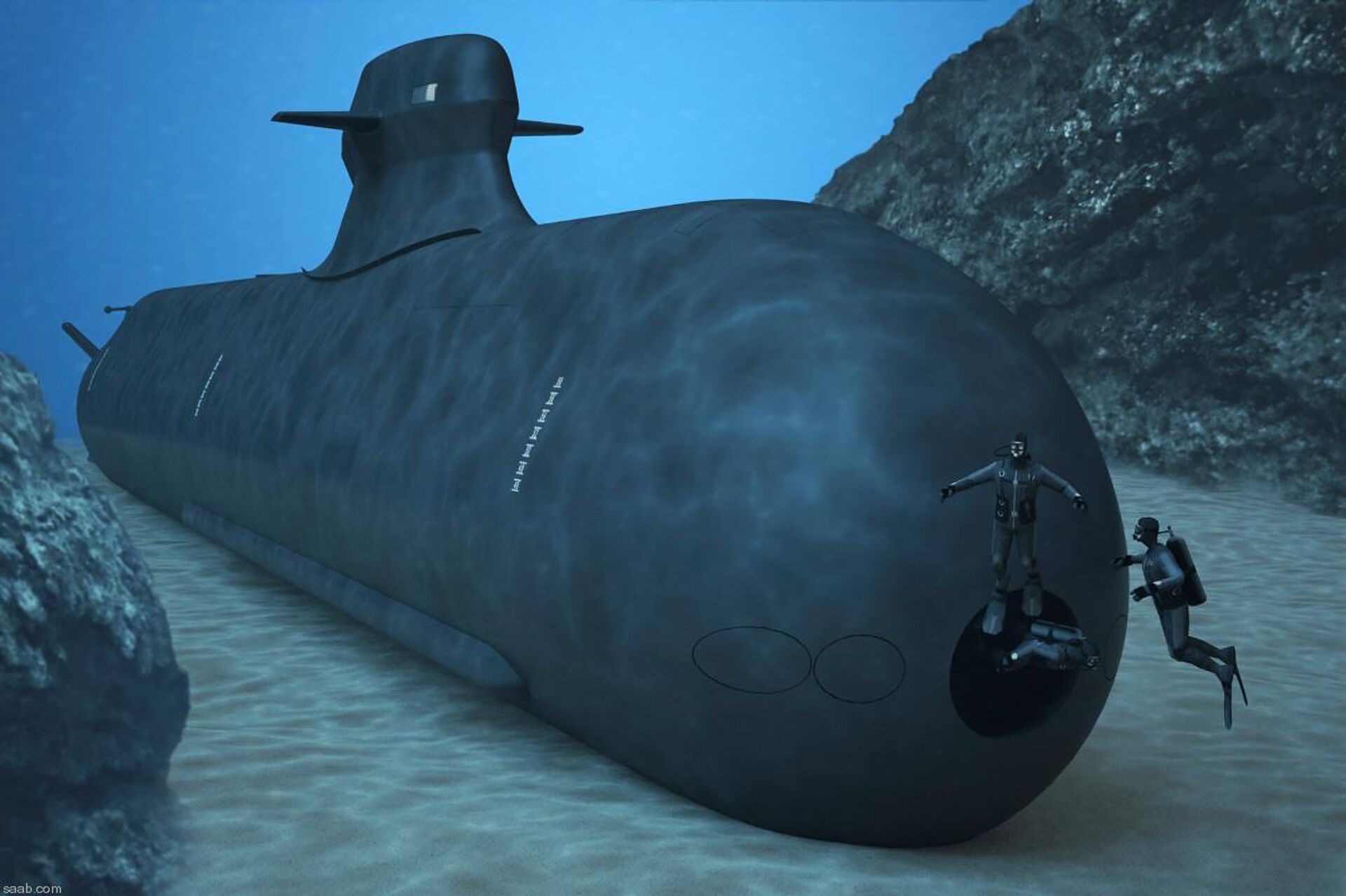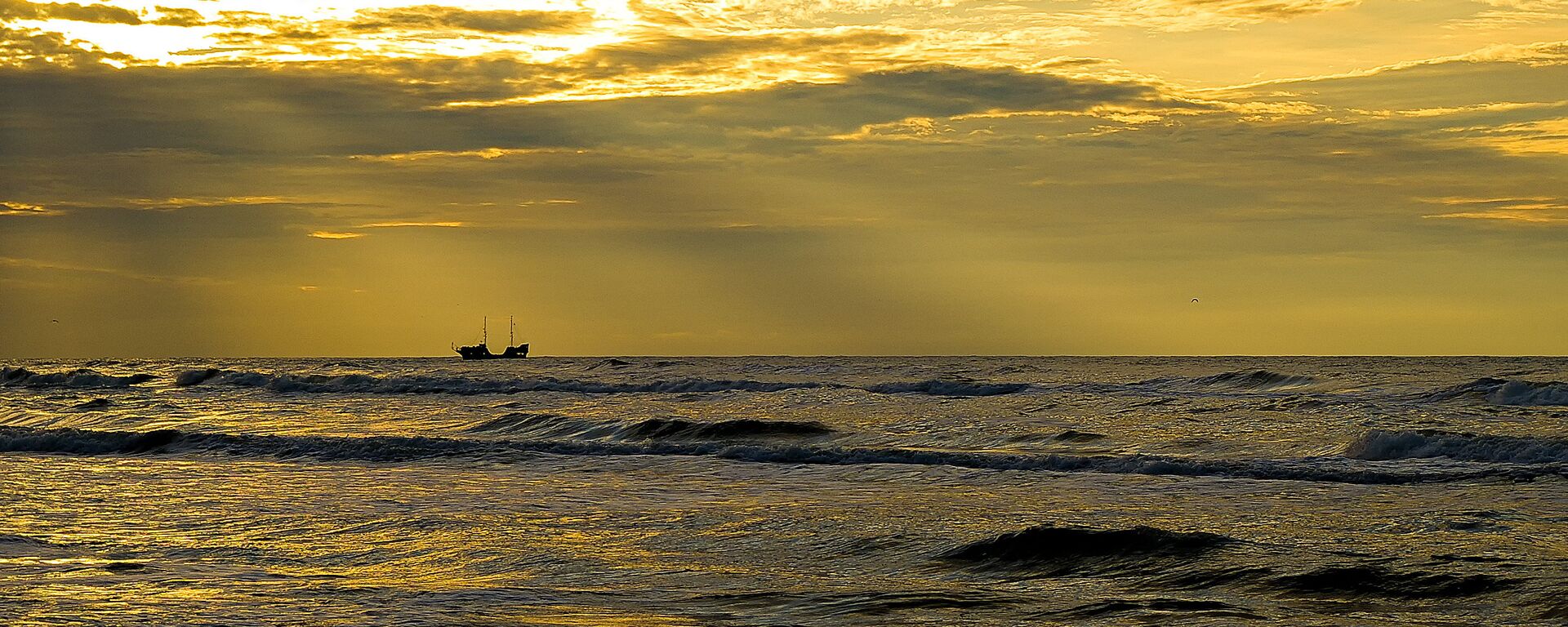https://sputnikglobe.com/20231201/polands-killer-orka-subs-what-will-their-capabilities-and-targets-be-1115326423.html
Poland's Killer 'Orka' Subs: What Will Their Capabilities and Targets Be?
Poland's Killer 'Orka' Subs: What Will Their Capabilities and Targets Be?
Sputnik International
A major shipbuilding and naval power in the second half of the 20th century with over a dozen submarines in its arsenal, Poland’s capabilities have since shrunken down considerably to just one operational sub, with Warsaw looking for help from abroad to build up its fleet after gutting its major shipyards. Here’s what we know about Poland’s plans.
2023-12-01T13:25+0000
2023-12-01T13:25+0000
2023-12-01T13:58+0000
military
poland
warsaw
andrzej duda
mariusz blaszczak
military & intelligence
navy
polish navy
european union (eu)
tomahawk
https://cdn1.img.sputnikglobe.com/img/07e7/0c/01/1115326687_0:0:1280:720_1920x0_80_0_0_8563843ae5668716736a5d30ade6cb81.png
South Korean defense giant Hanwha Ocean is lobbying hard to sell its Dosan Ahn Chang-ho-class KSS-III diesel-electric attack submarines to Warsaw.What is Project Orka?The Polish Navy currently has just one submarine, the Soviet-built Orzel ("Eagle") 3,180-ton Kilo-class diesel-electric attack sub, in its arsenal. Four antique 485-ton Kobben-class subs, built in the 1960s for the Norwegian Navy, were retired by the Polish Navy in 2017, 2018, and 2021, respectively, less than two decades after entering into service.The Polish Navy’s submarine capabilities, which reached their zenith in the 1970s, when the country operated over a dozen diesel-electric subs, shrunk substantially after the end of the Cold War. At the same time, Poland, which once enjoyed the status of one of Europe’s largest shipbuilders, gutted much of these capabilities in the 1990s and 2000s during economic reforms and restructuring aimed at preparing the country to join the European Union.With its existing submarine capabilities at risk of becoming hopelessly obsolete, and the Polish government unveiling a geopolitical appetite to turn Poland into a major NATO outpost against Russia, Warsaw has announced the Orka (lit. "Orca") program, aimed at dramatically upgrading the country’s submarine power.South Korean defense companies, which have already successfully sold an array of weaponry to Poland in recent years, including K2 Black Panther series tanks, K7 Thunder self-propelled howitzers (customized into AHS Krabs by the Poles), and K239 Chunmoo rocket artillery systems, are now looking to cash in on Warsaw’s hunger for submarines as well.The Orka program isn’t new, with its first iteration launched in 2014, with the Navy planning to purchase three subs. Talks were held with foreign defense companies including France’s Naval Group, Germany’s ThyssenKrupp Marine Systems, Sweden’s Saab, Spain’s Navantia, plus Nauta, a Polish ship repair company. Talks apparently fell through, with the Navy shifting focus to the acquisition of frigates.With Poland announcing a multi-billion-dollar rearmament program in 2022 following the escalation of the conflict in Ukraine, talks on upgrading the nation’s sub fleet resumed, with Warsaw now interested in procuring a new class of subs with cruise and ballistic missile launch capabilities, to assist in the Western alliance’s aspirations to turn the Baltic Sea into a "NATO Lake."What are the KSS-III's Capabilities?Built by Hanwha Ocean and Hyundai Heavy Industries, the KSS-III is a class of 3,600-3,750-ton attack subs armed with 533 mm torpedoes, six vertical launch cells enabling the firing of six or ten Hyunmoo 4-4 submarine-launched ballistic missiles (range of over 1,000 km), as well as South Korea's indigenous Chonryong series land-attack cruise missiles (range of 500 km).The subs can stay submerged for up to 20 days at a time, and travel up to 20 knots submerged (or 12 knots surfaced), with total range exceeding 19,000 km.The KSS-III is virtually a brand new sub series, with South Korea’s Navy currently their only operator. With a unit price of $900 million apiece, Seoul plans to build nine KSS-IIIs total, with two already in active service at the time of writing. Hanwha Ocean unveiled a scaled down, 2,000-ton, 40-man-crew variant of the KSS-III at a defense expo in 2019 known as the DSME-2000, and offered a 3,300-ton export variant known as the DSME-3000 to India in 2021.Hanwha Ocean has worked proactively to lobby Warsaw into buying its subs, with senior company executives wooing President Andrzej Duda at an expo back in September in a bid to cash in on Warsaw’s budget of up to $2.3 billion for the Orka program.Along with the subs themselves, Hanwha Ocean has expressed willingness to assist Warsaw with crew training, and to build a separate maintenance, repair, and overhaul center in the Eastern European country.Not the Only Game in TownWhile the KSS-III’s ballistic and land attack cruise missile launch capabilities make it an attractive proposition for Warsaw, South Korea’s sub builders aren’t the only option for the Orka program.ThyssenKrupp Marine Systems, for instance, is reportedly pitching its brand new 2,500-ton Type 212 Common Design (CD) diesel-electric sub equipped with air-defense and cruise missile launch capability and stealth characteristics, and a diesel/air-independent propulsion system. The German boats include a modern optical sensor and sonar package, have a top speed of over 20 knots, and have already been ordered by the German and Norwegian navies, with the first expected to arrive by the end of the current decade, with a per unit price of between $1 billion and $1.6 billion.According to Polish media, France’s Naval Group and Sweden’s Saab Kockums are also interested, with France likely to throw its hat into the competition with its Scorpene-class diesel-electric attack subs, a joint Naval Group-Navantia design, and the Swedes with their Blekinge-class subs.The former, already operated by the Chilean, Malaysian, Indian, and Brazilian navies, feature a 1,565-1,900-ton displacement, air-independent propulsion, a top speed of up to 20 knots submerged, a 12,000 km range, a 40-50 day endurance time, a 31-man crew, and for weaponry torpedoes, anti-ship missile, anti-air missile and mining capabilities. They have a reported price tag of as little as $450 million apiece.The Swedish offering, also known as the A26 type, are expected to begin entering into service with the Swedish Navy in the second half of the current decade, and have a 1,950-ton displacement, diesel-electric/Stirling air-independent propulsion system, a 45-day endurance time, a complement of between 17 and 26, torpedo and minelaying capability, and, in some proposed variants, up to 18 vertical launch cells that fire Tomahawk cruise missiles.How Can Russia Respond?Modern anti-submarine warfare (ASW) capabilities are possessed by most major military powers, Russia included. Russia’s response to the capabilities afforded to Poland with its Orka program would undoubtedly include the use of ship and sub-based sonar systems, sonobuoys, hydrophones, and electronic countermeasures to listen out for hostile subs, particularly in those operating close to the Russian exclusive economic zone or territorial waters.High frequency radio detection systems can be used to figure out foreign subs’ bearings, while satellites, laser detection and ranging tools, and radar equipment can locate surfaced boats. Detected subs can be targeted by a variety of countermeasures, from naval mines and submarine and surface ship-launched torpedoes to depth charges, rockets, mortars and, if the security crisis is serious enough, nuclear depth bombs.
https://sputnikglobe.com/20230926/what-kinds-of-weapons-does-south-korea-produce-and-export-1113695688.html
https://sputnikglobe.com/20231109/how-uk-and-us-are-creating-a-polish-led-eastern-european-nato-against-russia-1114849387.html
https://sputnikglobe.com/20231128/north-koreas-spy-satellite-makes-pyongyang-full-fledged-member-of-space-club-1115270011.html
https://sputnikglobe.com/20220704/baltic-sea-will-become-nato-basin-after-nordic-nations-accession-to-alliance-polish-prez-says-1096953684.html
poland
warsaw
Sputnik International
feedback@sputniknews.com
+74956456601
MIA „Rossiya Segodnya“
2023
News
en_EN
Sputnik International
feedback@sputniknews.com
+74956456601
MIA „Rossiya Segodnya“
Sputnik International
feedback@sputniknews.com
+74956456601
MIA „Rossiya Segodnya“
poland, submarine, sub, naval, capability, navy, baltic sea, cruise missile, ballistic missile, torpedo
poland, submarine, sub, naval, capability, navy, baltic sea, cruise missile, ballistic missile, torpedo
Poland's Killer 'Orka' Subs: What Will Their Capabilities and Targets Be?
13:25 GMT 01.12.2023 (Updated: 13:58 GMT 01.12.2023) A major shipbuilding and naval power in the second half of the 20th century with over a dozen submarines in its arsenal, Poland’s capabilities have since shrunk down considerably to just one operational sub, with Warsaw looking for help from abroad to build up its fleet after gutting its major shipyards. Here’s what we know about Poland’s plans.
South Korean defense giant Hanwha Ocean is lobbying hard to sell its Dosan Ahn Chang-ho-class KSS-III diesel-electric attack submarines to Warsaw.
“We are ready to offer the KSS-III submarine, one of the world’s best submarines, for Poland’s Orka Project. We also want to share our long-term vision for the partnership with Poland on this occasion,” Hanwha Ocean VP Sung Kyun Jeong
said in a press conference in Warsaw this week.
The Polish Navy currently has just one submarine, the Soviet-built Orzel ("Eagle") 3,180-ton Kilo-class diesel-electric attack sub, in its arsenal. Four antique 485-ton Kobben-class subs, built in the 1960s for the Norwegian Navy, were retired by the Polish Navy in 2017, 2018, and 2021, respectively, less than two decades after entering into service.
The Polish Navy’s submarine capabilities, which reached their zenith in the 1970s, when the country operated over a dozen diesel-electric subs, shrunk substantially after the end of the Cold War. At the same time, Poland, which once enjoyed the status of one of Europe’s largest shipbuilders, gutted much of these capabilities in the 1990s and 2000s during economic reforms and restructuring aimed at preparing the country to join the European Union.
With its existing submarine capabilities at risk of becoming hopelessly obsolete, and the Polish government unveiling a geopolitical appetite to turn Poland into a major NATO outpost against Russia, Warsaw has announced the Orka (lit. "Orca") program, aimed at dramatically upgrading the country’s submarine power.
“We are starting the implementation of the Orka program. This year, we plan to launch a procedure aimed at purchasing submarines along with the transfer of the necessary technologies,” Polish Defense Minister Mariusz Blaszczak
announced in May.
South Korean defense companies, which have already successfully sold an array of weaponry to Poland in recent years, including K2 Black Panther series tanks, K7 Thunder self-propelled howitzers (customized into AHS Krabs by the Poles), and K239 Chunmoo rocket artillery systems, are now looking to cash in on Warsaw’s hunger for submarines as well.

26 September 2023, 17:51 GMT
The Orka program isn’t new, with its first iteration
launched in 2014, with the Navy planning to purchase three subs. Talks were held with foreign defense companies including France’s Naval Group, Germany’s ThyssenKrupp Marine Systems, Sweden’s Saab, Spain’s Navantia, plus Nauta, a Polish ship repair company. Talks apparently fell through, with the Navy shifting focus to the acquisition of frigates.
With Poland announcing a multi-billion-dollar rearmament program in 2022 following the escalation of the conflict in Ukraine, talks on upgrading the nation’s sub fleet resumed, with Warsaw now interested in procuring a new class of subs with cruise and ballistic missile launch capabilities, to assist in the Western alliance’s aspirations to turn the Baltic Sea into a "NATO Lake."

9 November 2023, 17:44 GMT
What are the KSS-III's Capabilities?
Built by Hanwha Ocean and Hyundai Heavy Industries, the KSS-III is a class of 3,600-3,750-ton attack subs armed with 533 mm torpedoes, six vertical launch cells enabling the firing of six or ten Hyunmoo 4-4 submarine-launched ballistic missiles (range of over 1,000 km), as well as South Korea's indigenous Chonryong series land-attack cruise missiles (range of 500 km).
The subs are operated by a crew of 50, and feature a lithium-ion battery-based air-independent propulsion system designed to allow them to operate without access to atmospheric oxygen, making them just as stealthy as or even more stealthy than nuclear-powered subs. The sub series also includes a Hanwha-developed combat management suite, modern sonar and electronic warfare systems, and an optronic search and attack mast.
The subs can stay submerged for up to 20 days at a time, and travel up to 20 knots submerged (or 12 knots surfaced), with total range exceeding 19,000 km.
The KSS-III is virtually a brand new sub series, with South Korea’s Navy currently their only operator. With a unit price of $900 million apiece, Seoul plans to build nine KSS-IIIs total, with two already in active service at the time of writing. Hanwha Ocean unveiled a scaled down, 2,000-ton, 40-man-crew variant of the KSS-III at a defense expo in 2019 known as the DSME-2000, and offered a 3,300-ton export variant known as the DSME-3000 to India in 2021.
Hanwha Ocean has worked proactively to lobby Warsaw into buying its subs, with senior company executives wooing President Andrzej Duda at an expo back in September in a bid to cash in on Warsaw’s budget of up to $2.3 billion for the Orka program.
Along with the subs themselves, Hanwha Ocean has
expressed willingness to assist Warsaw with crew training, and to build a separate maintenance, repair, and overhaul center in the Eastern European country.
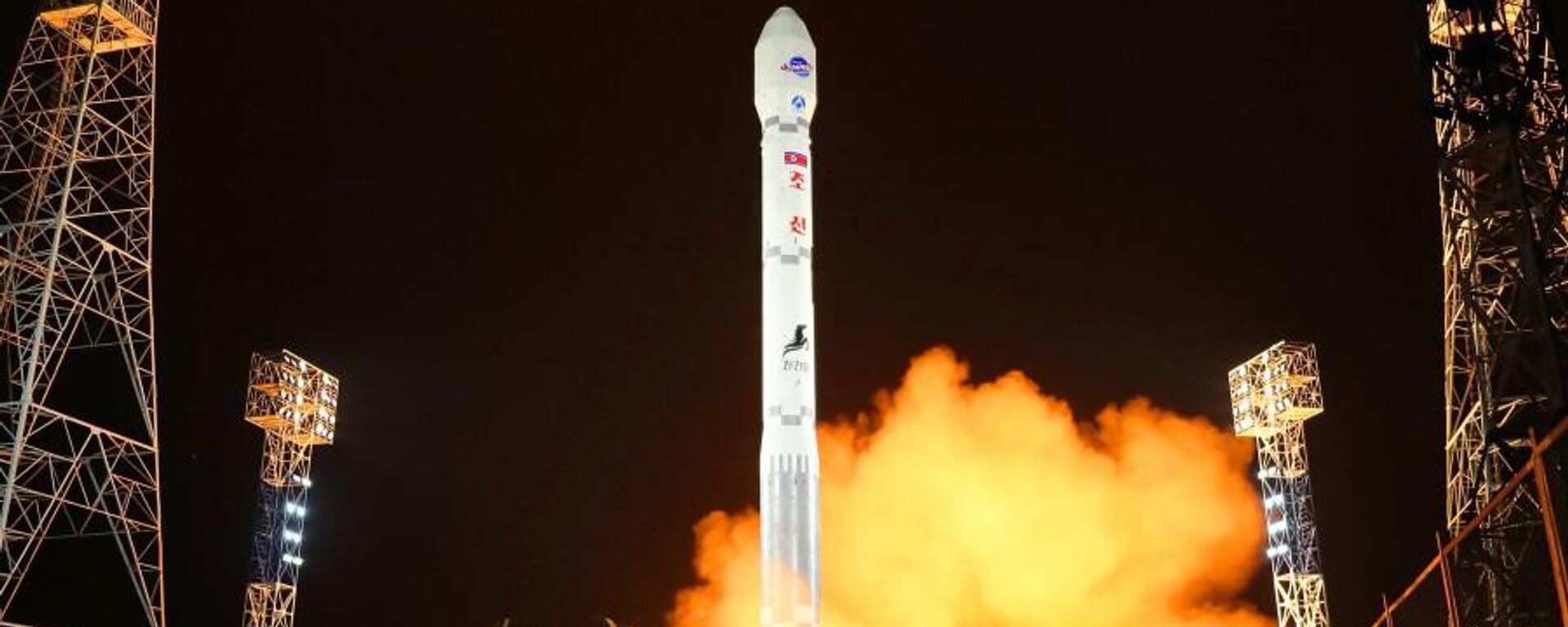
28 November 2023, 21:39 GMT
Not the Only Game in Town
While the KSS-III’s ballistic and land attack cruise missile launch capabilities make it an attractive proposition for Warsaw, South Korea’s sub builders aren’t the only option for the Orka program.
ThyssenKrupp Marine Systems, for instance, is reportedly
pitching its brand new 2,500-ton Type 212 Common Design (CD) diesel-electric sub equipped with air-defense and cruise missile launch capability and stealth characteristics, and a diesel/air-independent propulsion system. The German boats include a modern optical sensor and sonar package, have a top speed of over 20 knots, and have already been ordered by the German and Norwegian navies, with the first expected to arrive by the end of the current decade, with a per unit price of between $1 billion and $1.6 billion.
According to Polish media, France’s Naval Group and Sweden’s Saab Kockums are
also interested, with France likely to throw its hat into the competition with its
Scorpene-class diesel-electric attack subs, a joint Naval Group-Navantia design, and the Swedes with their
Blekinge-class subs.
The former, already operated by the Chilean, Malaysian, Indian, and Brazilian navies, feature a 1,565-1,900-ton displacement, air-independent propulsion, a top speed of up to 20 knots submerged, a 12,000 km range, a 40-50 day endurance time, a 31-man crew, and for weaponry torpedoes, anti-ship missile, anti-air missile and mining capabilities. They have a reported price tag of as little as $450 million apiece.
The Swedish offering, also known as the A26 type, are expected to begin entering into service with the Swedish Navy in the second half of the current decade, and have a 1,950-ton displacement, diesel-electric/Stirling air-independent propulsion system, a 45-day endurance time, a complement of between 17 and 26, torpedo and minelaying capability, and, in some proposed variants, up to 18 vertical launch cells that fire Tomahawk cruise missiles.
Modern anti-submarine warfare (ASW) capabilities are possessed by most major military powers, Russia included. Russia’s response to the capabilities afforded to Poland with its Orka program would undoubtedly include the use of ship and sub-based sonar systems, sonobuoys, hydrophones, and electronic countermeasures to listen out for hostile subs, particularly in those operating close to the Russian exclusive economic zone or territorial waters.
High frequency radio detection systems can be used to figure out foreign subs’ bearings, while satellites, laser detection and ranging tools, and radar equipment can locate surfaced boats. Detected subs can be targeted by a variety of countermeasures, from naval mines and submarine and surface ship-launched torpedoes to depth charges, rockets, mortars and, if the security crisis is serious enough, nuclear depth bombs.
